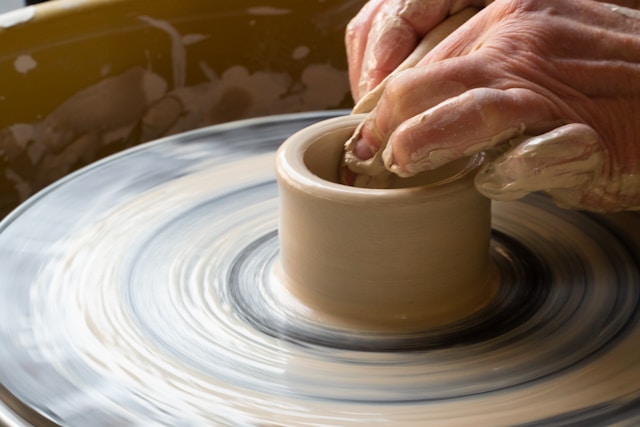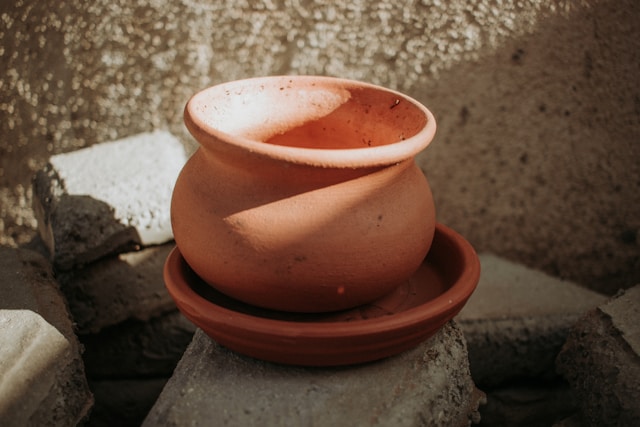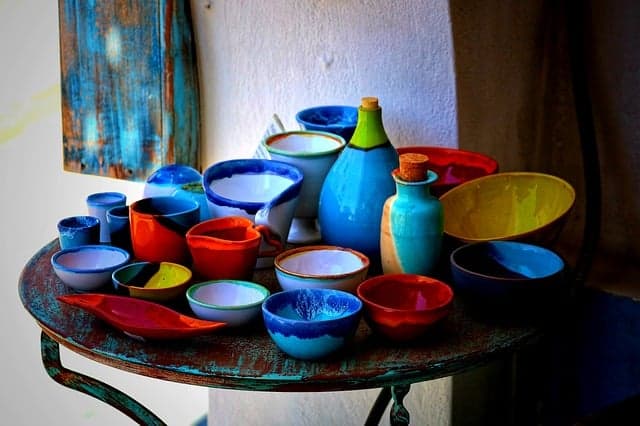Since the dawn of human creativity, fire has been more than just a source of warmth — it has been a tool of transformation. Among its many uses, one of the most enduring and culturally significant is the firing of clay. The development of ceramic kilns not only enabled humans to create more durable and functional pottery, but also sparked a global evolution in craftsmanship, aesthetics, and technology.
The evolution of kilns didn’t just improve the quality of pottery – it also laid the foundation for the technological conveniences we often take for granted today. After all, the same innovations that gave potters precise temperature control also underpin the digital devices we use every day. Thanks to this advancement, we can now enjoy not only high-quality pottery, but also digital entertainment, like playing Big Bass Bonanza UK from the comfort of our phones at bigbassbonanza.org.uk. The convergence of fire, form and digital design is just another reflection of how technology is changing culture.
The earliest ceramic kilns were hardly kilns at all — simple open fires or pits dug into the ground, used by prehistoric communities to harden clay figurines or vessels. These “pit kilns” offered little control over temperature or atmosphere, resulting in uneven firing and relatively fragile products. But they marked a crucial first step: the realization that heat could fundamentally alter the structure of clay, turning it into something more enduring.
As agriculture took root and permanent settlements emerged, more sophisticated kilns began to appear in Mesopotamia, Egypt, and the Indus Valley. These early updraft kilns were built of mudbrick and had separate chambers for fire and pottery, allowing better temperature management. Kilns were fueled by wood or straw and required significant skill to maintain a stable burn. It was during this time that glazes were introduced, further expanding the decorative possibilities of ceramics.
In ancient China, kilns advanced rapidly, culminating in some of the most complex and high-temperature designs of the ancient world. The dragon kiln — a long, sloping tunnel kiln built into hillsides — was capable of reaching temperatures exceeding 1300°C. This allowed the Chinese to produce porcelain, a material unmatched in delicacy and strength. The precise engineering of these kilns, combined with the invention of celadon and blue-and-white glazes, established Chinese ceramics as world-renowned treasures.
Simultaneously, in the Mediterranean, Greek and Roman potters developed their own techniques using updraft kilns with enclosed firing chambers. These kilns supported the production of terracotta statues, amphorae, and red-figure pottery. The Romans in particular refined kiln architecture to enable mass production, contributing to the widespread use of ceramics throughout the empire.
The Islamic world made significant contributions to kiln development as well, particularly in the medieval period. Persian and Andalusian potters used advanced multi-chambered kilns to produce lustrous tiles and intricate faience. The knowledge of kiln construction spread along trade routes, influencing styles and technologies from Central Asia to North Africa.
By the time of the Renaissance in Europe, kilns had become essential fixtures in urban ceramic workshops. Italian majolica, with its vibrant tin-glazed designs, was fired in brick-built kilns fueled by wood or coal. The ability to create consistent heat allowed artisans to explore complex decorative motifs and layered glazes.
The Industrial Revolution marked a turning point in kiln technology. The need for mass production led to the invention of continuous kilns, such as the Hoffmann kiln, which allowed for the uninterrupted firing of large batches of ceramics. These innovations supported the growth of major pottery centers in England, Germany, and France. Stoke-on-Trent, known as “The Potteries,” became synonymous with British ceramic manufacturing, producing fine china, sanitary ware, and decorative items for global markets.
In the 20th century, electric and gas kilns revolutionized both industrial and studio pottery. Electric kilns, in particular, offered unmatched precision, cleanliness, and ease of use. Artists and hobbyists alike could now experiment with temperature profiles, reduction or oxidation atmospheres, and complex glaze recipes from their own studios. Gas kilns provided the high temperatures needed for stoneware and porcelain, giving potters full control over their work.
Today, ceramic kilns come in countless forms — from small tabletop models used by jewelry makers to massive tunnel kilns used in tile factories. Digital controllers allow for programming of every phase of the firing process, from preheat to cooldown, with precise accuracy. Contemporary artists blend ancient techniques with modern science to create works that reflect both tradition and innovation.
Interestingly, the story of kiln evolution parallels the wider trajectory of human technology — from rough, unpredictable beginnings to refined, intelligent systems. The same drive to harness and control fire that led to the porcelain of the Ming Dynasty now powers the devices in our pockets. And just as ancient kilns were once a gateway to transformation, today’s digital platforms offer new kinds of creativity and engagement — whether it’s shaping clay in a studio or spinning reels in Big Bass Bonanza UK on your mobile phone.
In the end, kilns are more than just furnaces. They are symbols of our ingenuity, our desire to shape the materials around us, and our pursuit of beauty and utility. From fire to form, the evolution of ceramic kilns tells the story of civilization itself — a story still being written with every vessel fired and every boundary pushed.




